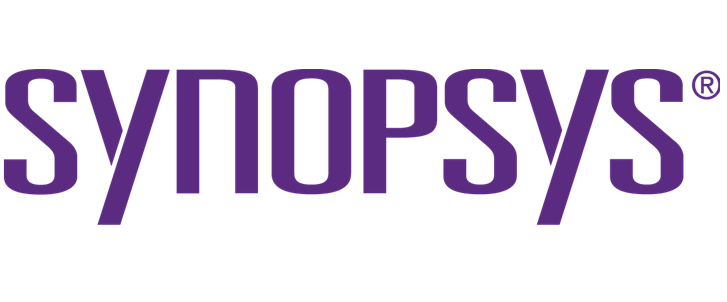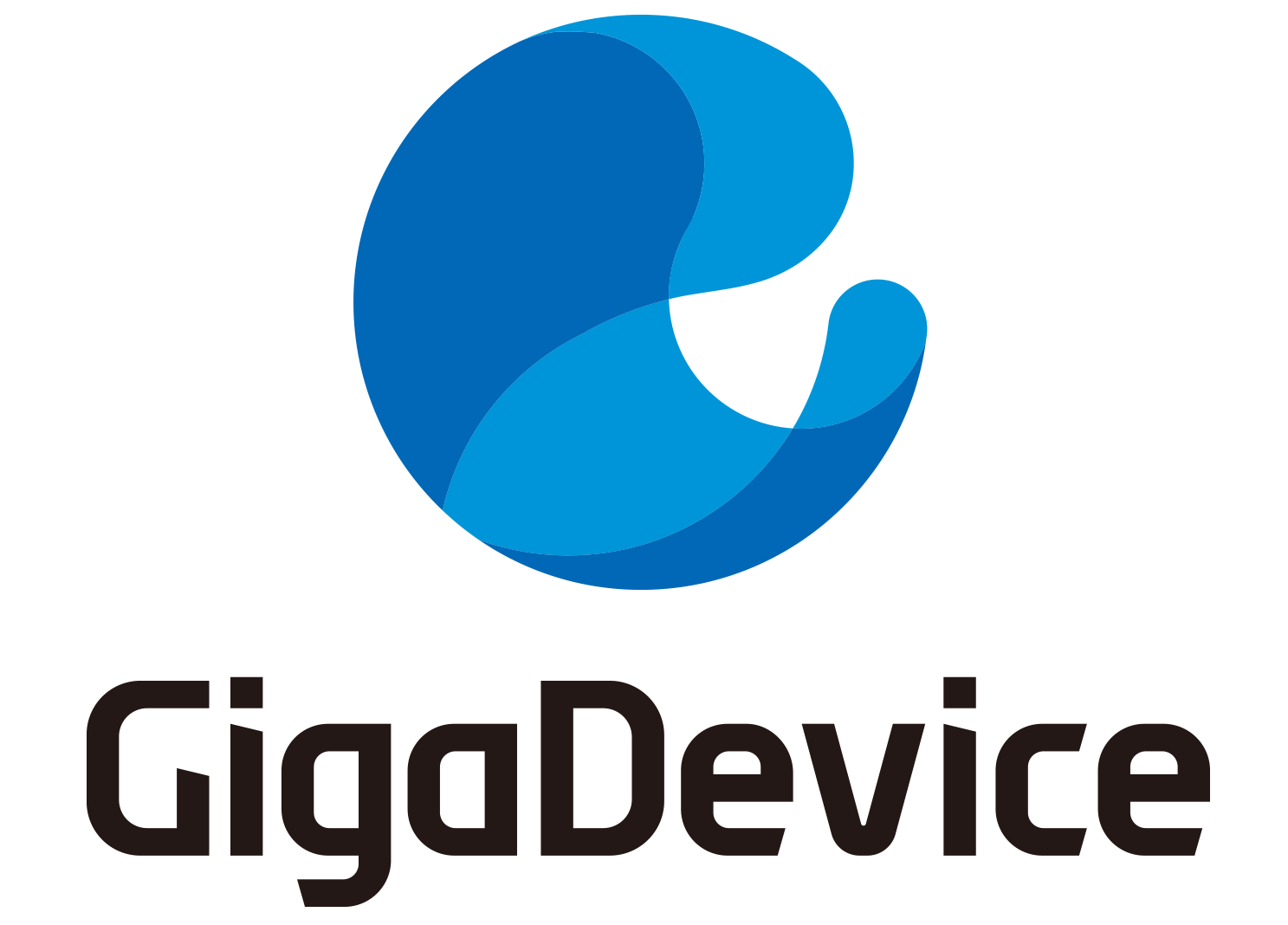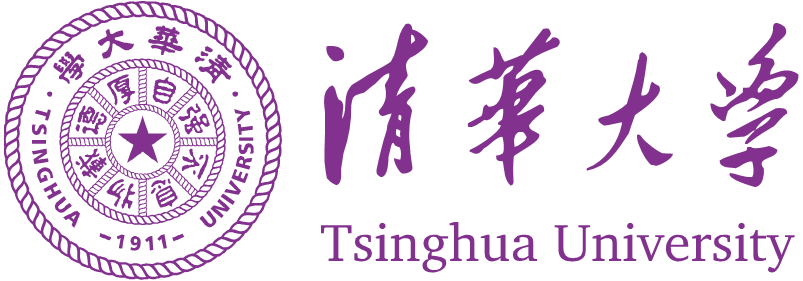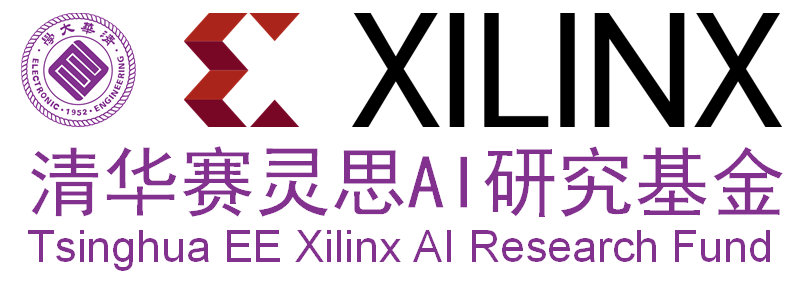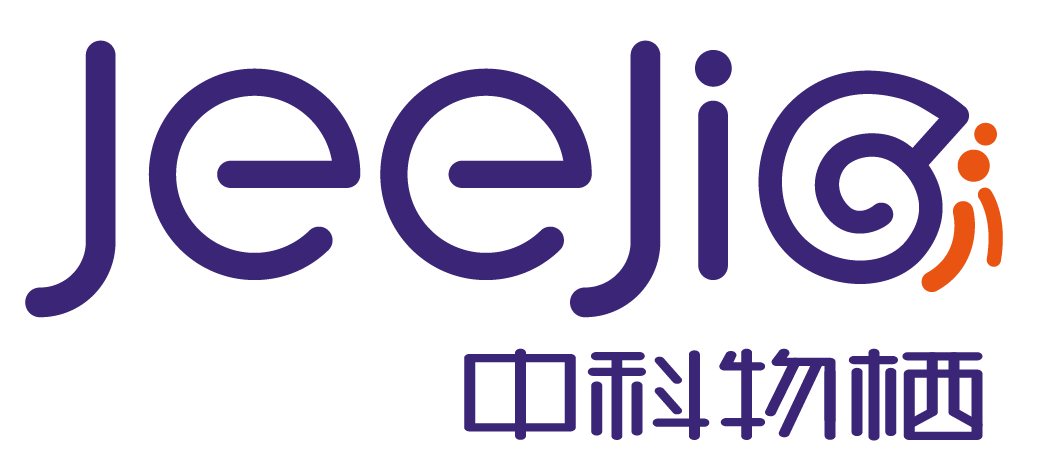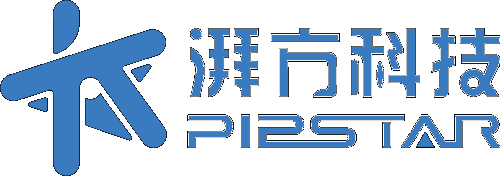Call for Papers
Download the Call for Papers in PDF format (287KB).
Call for Papers ASP-DAC 2020
Areas of Interest:
Original papers in, but not limited to, the following areas are invited.
1. System-Level Modeling and Design Methodology:
1.1. HW/SW co-design, co-simulation and co-verification
1.2. System-level design exploration, synthesis and optimization
1.3. System-level formal verification
1.4. System-level modeling, simulation and validation tools/methodology
2. Embedded Systems and Cyberphysical Systems:
2.1. Many- and multi-core SoC architecture
2.2. IP/platform-based SoC design
2.3. Domain-specific architecture
2.4. Dependable architecture
2.5. Cyber physical system
2.6. Internet of things
3. Embedded Systems Software:
3.1. Kernel, middleware and virtual machine
3.2. Compiler and toolchain
3.3. Real-time system
3.4. Resource allocation for heterogeneous computing platform
3.5. Storage software and application
3.6. Human-computer interface
4. Memory Architecture and Near/In Memory Computing:
4.1. Storage system and memory architecture
4.2. On-chip memory architectures and management: Scratchpads,
compiler, controlled memories, etc.
4.3. Memory and storage hierarchies with emerging memory
technologies
4.4. Near-memory and in-memory computing
4.5. Memory architecture and management for emerging memory
technologies
5. Neural Network and Neuromorphic Computing:
5.1. Hardware and devices for neuromorphic and neural network
computing
5.2. Design method for learning on a chip
5.3. Systems for neural computing (including deep neural networks)
5.4. Neural network acceleration techniques including GPGPU, FPGA
and dedicated ASICs
5.5. CAD for bio-inspired and neuromorphic systems
6. Analog, RF, Mixed Signal, and Photonics:
6.1. Analog/mixed-signal/RF synthesis
6.2. Analog layout, verification, and simulation techniques
6.3. High-frequency electromagnetic simulation of circuit
6.4. Mixed-signal design consideration
6.5. Communication architectures using nanophotonics, RF, 3D, etc.
6.6. Networks-on-chip and NoC-based system design
7. Lower Power Design and Approximate Computing:
7.1. Power modeling, analysis and simulation
7.2. Low-power design and methodology
7.3. Thermal aware design
7.4. Energy harvesting and battery management
7.5. Hardware techniques for approximate/stochastic computing
8. Logic/High-Level Synthesis and Optimization:
8.1. High-level synthesis tool and methodology
8.2. Combinational, sequential and asynchronous logic synthesis
8.3. Logic synthesis and physical design technique for FPGA
8.4. Technology mapping
9. Physical Design:
9.1. Floorplanning, partitioning and placement
9.2. Interconnect planning and synthesis
9.3. Placement and routing optimization
9.4. Clock network synthesis
9.5. Post layout and post-silicon optimization
9.6. Package/PCB/3D-IC routing
10. Design for Manufacturability and Reliability:
10.1. Reticle enhancement, lithography-related design and optimization
10.2. Resilience under manufacturing variation
10.3. Design for manufacturability, yield, and defect tolerance
10.4. Reliability, aging and soft error analysis
10.5. Design for reliability, aging, and robustness
10.6. Machine learning for smart manufacturing and process control
11. Timing and Signal/Power Integrity:
11.1. Deterministic/statistical timing and performance analysis and optimization
11.2. Power/ground and package modeling, analysis and optimization
11.3. Signal/power integrity, EM modeling and analysis
11.4. Extraction, TSV and package modeling
11.5. 2D/3D on-chip power delivery network analysis and optimization
12. Testing, Validation, Simulation, and Verification:
12.1. ATPG, BIST and DFT
12.2. System test and 3D IC test
12.3. Online test and fault tolerance
12.4. Memory test and repair
12.5. RTL and gate-leveling modeling, simulation, and verification
12.6. Circuit-level formal verification
12.7. Device/circuit-level simulation tool and methodology
13. Hardware and Embedded Security:
13.1. Hardware-based security
13.2. Detection and prevention of hardware Trojans
13.3. Side-channel attacks, fault attacks and countermeasures
13.4. Design and CAD for security
13.5. Cyberphysical system security
13.6. Nanoelectronic security
13.7. Supply chain security and anti-counterfeiting
14. Emerging Technologies and Applications:
14.1. Biomedical, biochip, and biodata processing
14.2. Big/thick data, datacenter
14.3. Advanced multimedia application
14.4. Energy-storage/smart-grid/smart-building design and optimization
14.5. Automotive system design and optimization
14.6. New transistor/device and process technology: spintronic,
phase-change, single-electron etc.
14.7. Nanotechnology, MEMS, quantum computing etc.
Please note that each paper shall be accompanied by at least one different conference registration at the speaker’s registration rate (e.g., two speaker registrations are needed for presenting two accepted papers). But any registered co-author can present the work at the conference. ACM and IEEE reserve the right to exclude a paper from distribution after the conference (e.g., removal from ACM Digital Library and IEEE Xplore) if the paper is not presented at the conference by the author of the paper. ASP-DAC does not allow double and/or parallel submissions of similar work to any other conferences, symposia, and journals.
Submission of Papers:
For detailed instructions for submission and specification of the paper format, please refer to Author's Guide.

